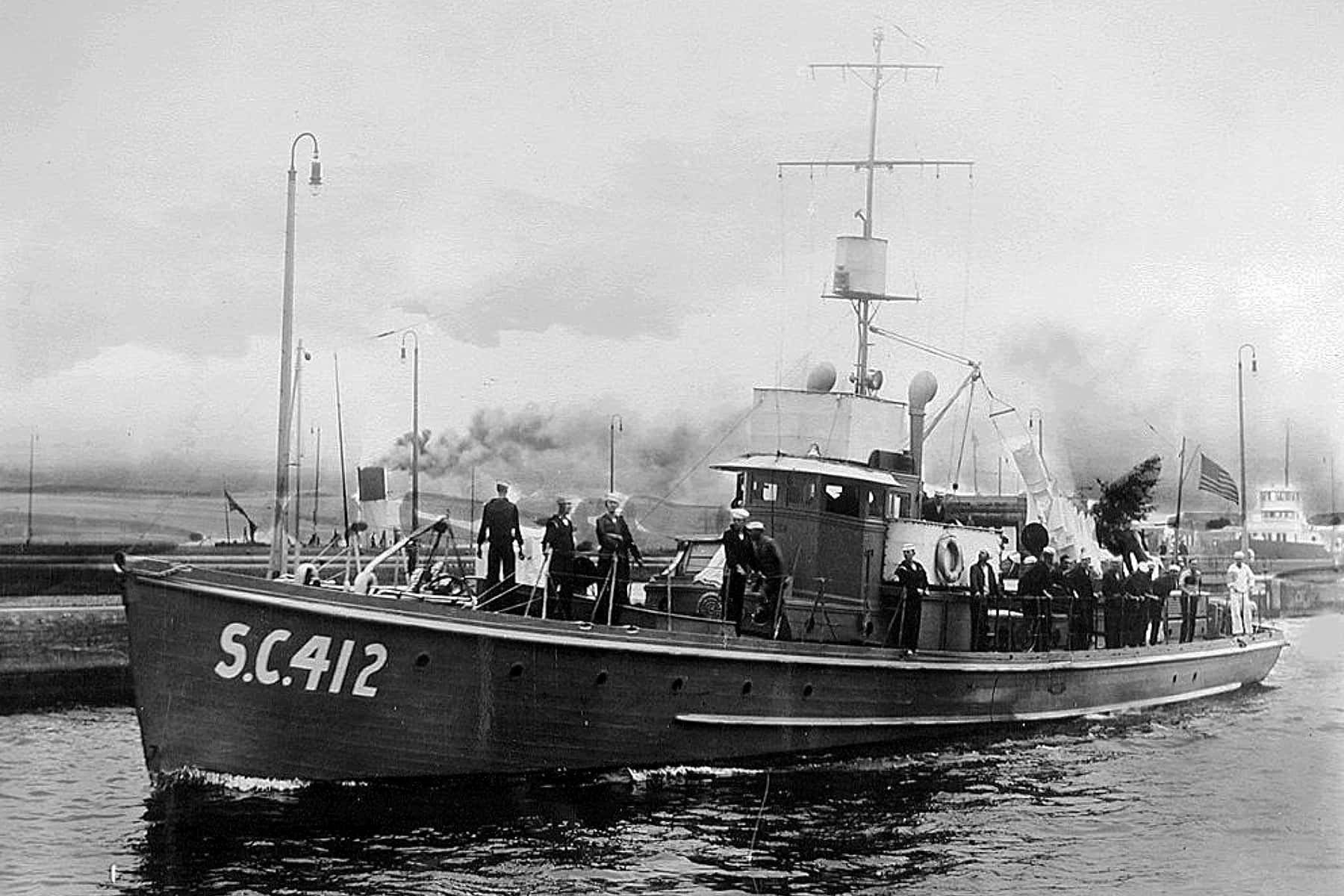
The U.S. Navy turned 246 on October 13, but when the Navy was a mere 134 years old, the Wisconsin National Guard gained a naval component of its own.
The state legislature took up legislation in March 1909 creating four companies that collectively would be known as the Wisconsin Naval Militia, though it is uncertain if all four companies were ever filled. Later that year, Congress considered a bill that would provide naval militias with the same benefits and training given to the National Guard.
The naval militia was under the command of the adjutant general of Wisconsin, and the governor appointed its officers. The naval militia was commanded by a lieutenant commander, the equivalent of an Army major in rank.
The earliest state naval militia units were stationed in the Chequamegon Bay area of Lake Superior in northern Wisconsin — Ashland and Washburn, initially. These communities had well-established Great Lakes maritime economies and thus featured an interested pool of potential recruits. Colonel John Salsman, then Wisconsin’s adjutant general, inspected the new naval militia in 1910 and filed a report in the 1910 Wisconsin Blue Book.
“They are a fine body of men, well selected, and are fit for any duty that they may be called upon to perform,” Salsman reported. “The state of discipline and instruction, considering the short time elapsed since their muster into service, is most remarkable.”
The Wisconsin Naval Militia boasted four officers and 79 enlisted men its first year. The Navy furnished Wisconsin with a 28-foot steam cutter and two 28-foot cutters with sails for militia training. By 1912 the militia had two divisions, or company-sized units, based in Ashland and Washburn with 10 officers and 112 enlisted.
In September 1912 Salsman took part in the Wisconsin Naval Militia’s inaugural cruise aboard the steamer Essex, which was on loan to Wisconsin. The cruise allowed crew members the opportunity to conduct drills and practice marksmanship from the steamer, both while anchored and underway. The cruise reached from DeTour Light in Michigan’s upper peninsula to Chicago. Wisconsin Naval Militia members trained with other state naval militias to prepare for their first cruise.
The Sept. 12, 1912 La Crosse Tribune reported “The hope is entertained that the navy department will shortly issue a gunboat of description similar to the Essex for the exclusive use of the naval militia of Wisconsin.”
But by 1914, the Wisconsin Naval Militia appeared to be foundering. The Navy had not provided a gunboat for training, though an arrangement with Michigan allowed some Wisconsin Naval Militia members to train on the U.S.S. Yantie on a 14-day cruise.
“Considering all circumstances, and especially the improbability of obtaining a fit training ship, I respectfully recommend the muster out of the Wisconsin Naval Militia,” Salsman wrote in his report for the 1914 Wisconsin Blue Book. He also called for adding as many naval militia members as possible to the Wisconsin National Guard, which was preparing to convert to a new and larger divisional organization.
The Wisconsin Naval Militia disbanded when the United States entered World War I, with most of its members joining the U.S. Navy. It would not reorganize until the First Division of the First Battalion mustered in Jan. 14, 1927, this time in Milwaukee. Another unit was stationed in Madison. There was even brief consideration of building an armory in Milwaukee at the current Summerfest grounds for a seaplane base.
The U.S. Navy recognized state naval militias as auxiliary units, and provided uniforms, arms and equipment. This included ships. In 1939 the Wisconsin Naval Militia was assigned U.S. sub chasers 412 and 433.
According to the 1953 Wisconsin Blue Book, the Wisconsin Naval Militia was still authorized four divisions, but no evidence was found indicating if any units were organized after World War II. The Green Bay Press-Gazette reported in 1955 that the state legislature updated its National Guard section of state law and removed the naval militia because “there was no longer a naval militia.” Attempts to revive the Wisconsin Naval Militia around the turn of the 21st century as a means to enhance security proved unsuccessful.
According to federal code, the U.S. Navy can provide Navy Reserve and Marine Corps Reserve equipment and facilities to a state naval militia if Navy and Marine Corps reservists make up at least 95 percent of those militia units, and the militias conform to U.S. Navy standards.
Though Wisconsin was once among many states to do so, at present, only Alaska, New York, and Ohio currently operate uniformed naval militias as part of state defense forces.
Vaughn R. Larson
Wisconsin National Guard














